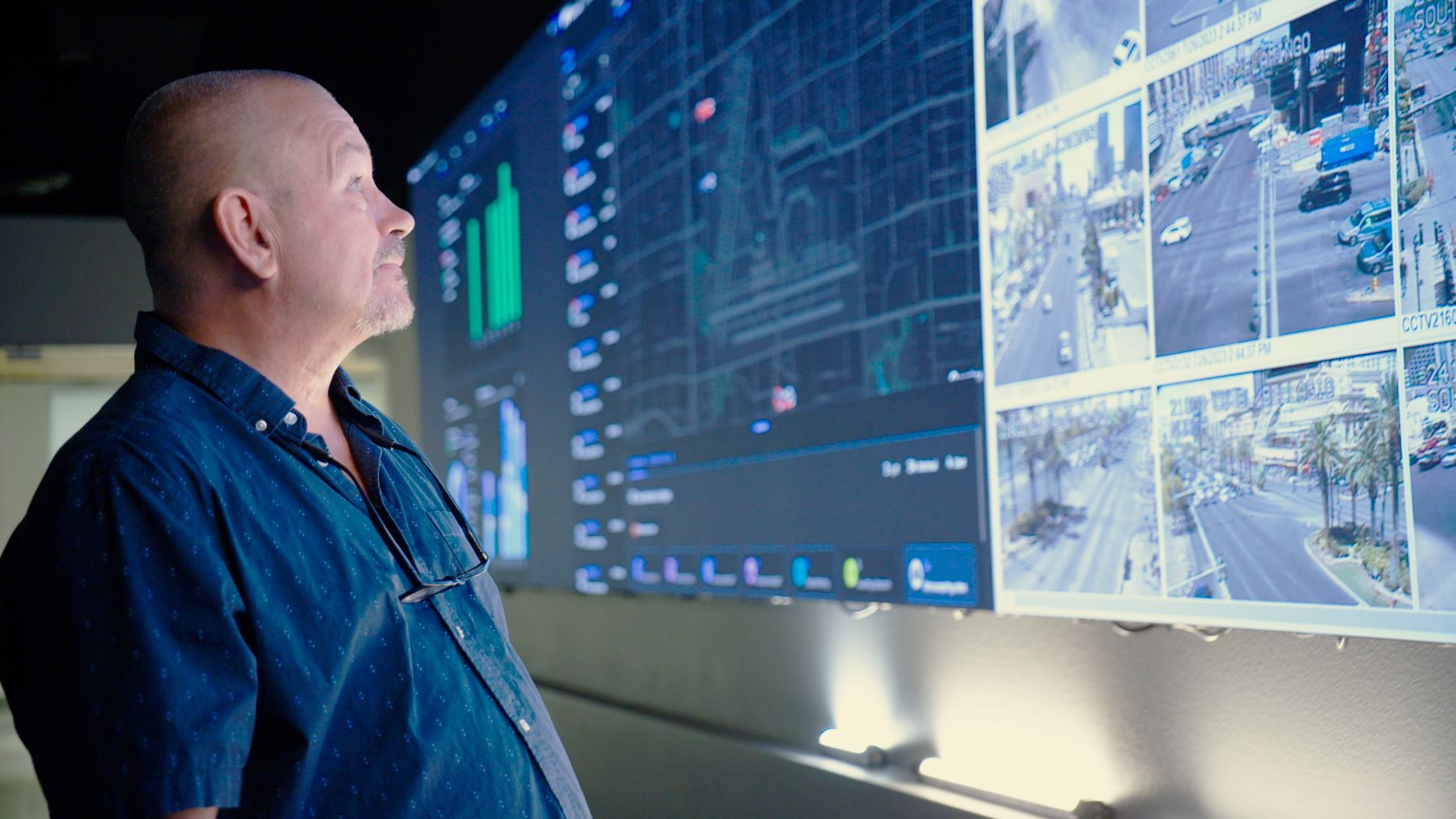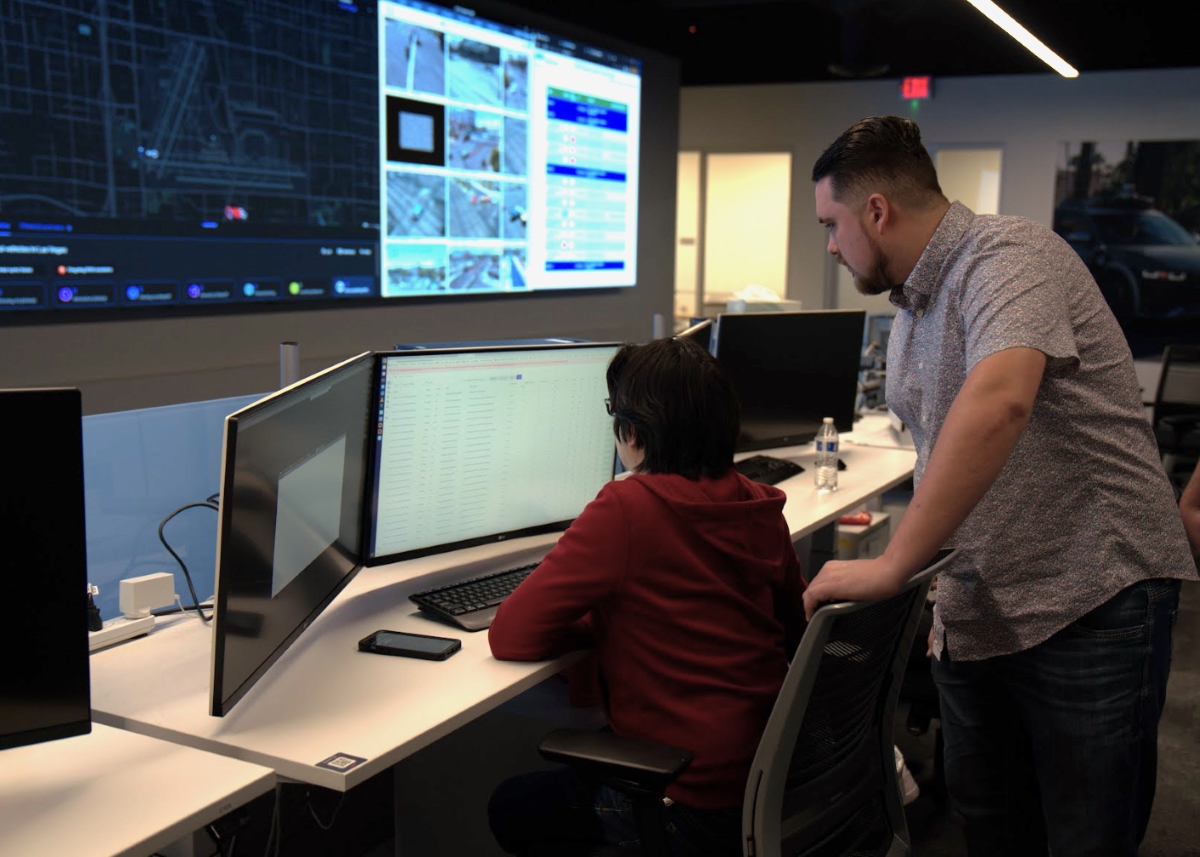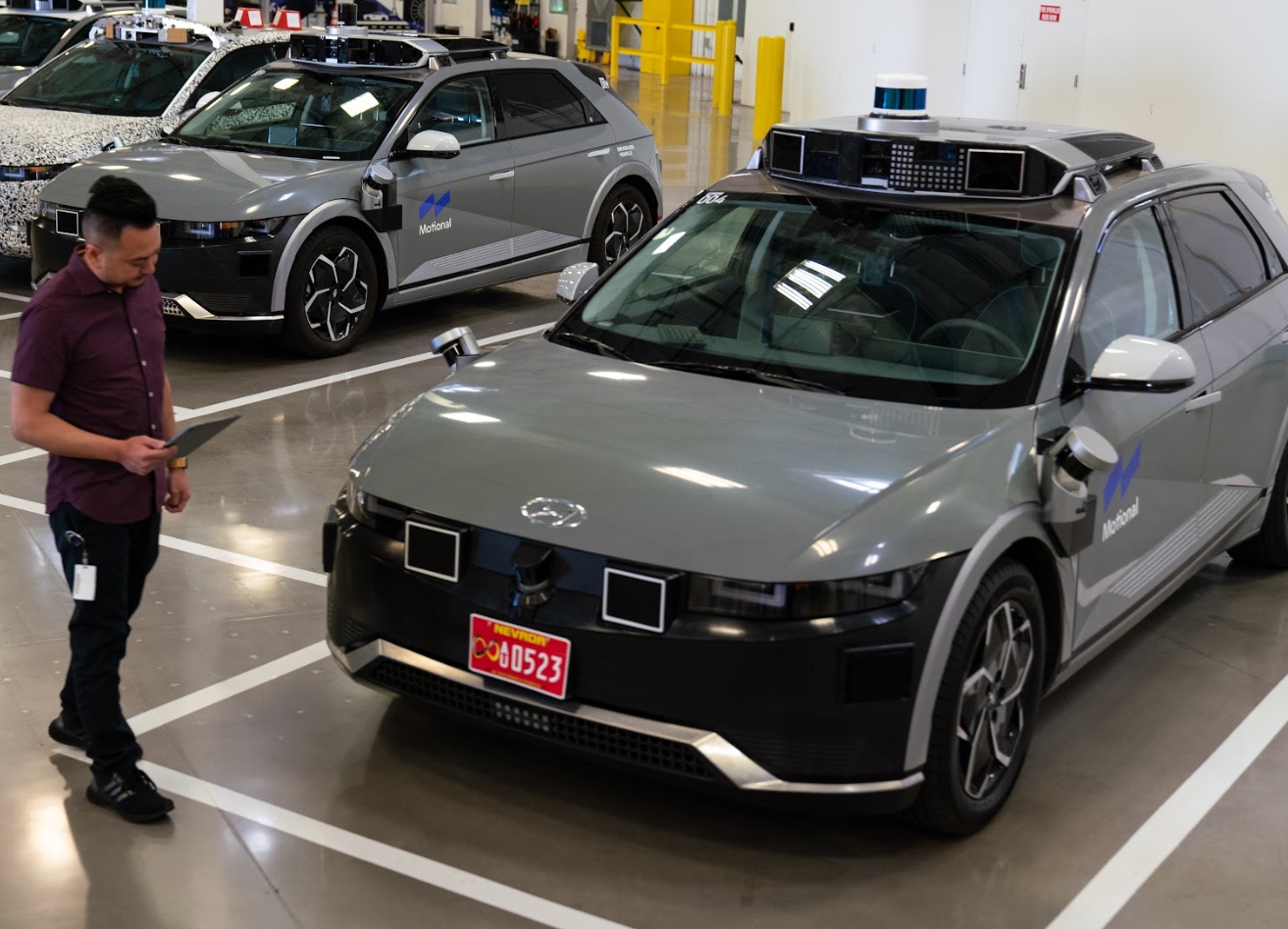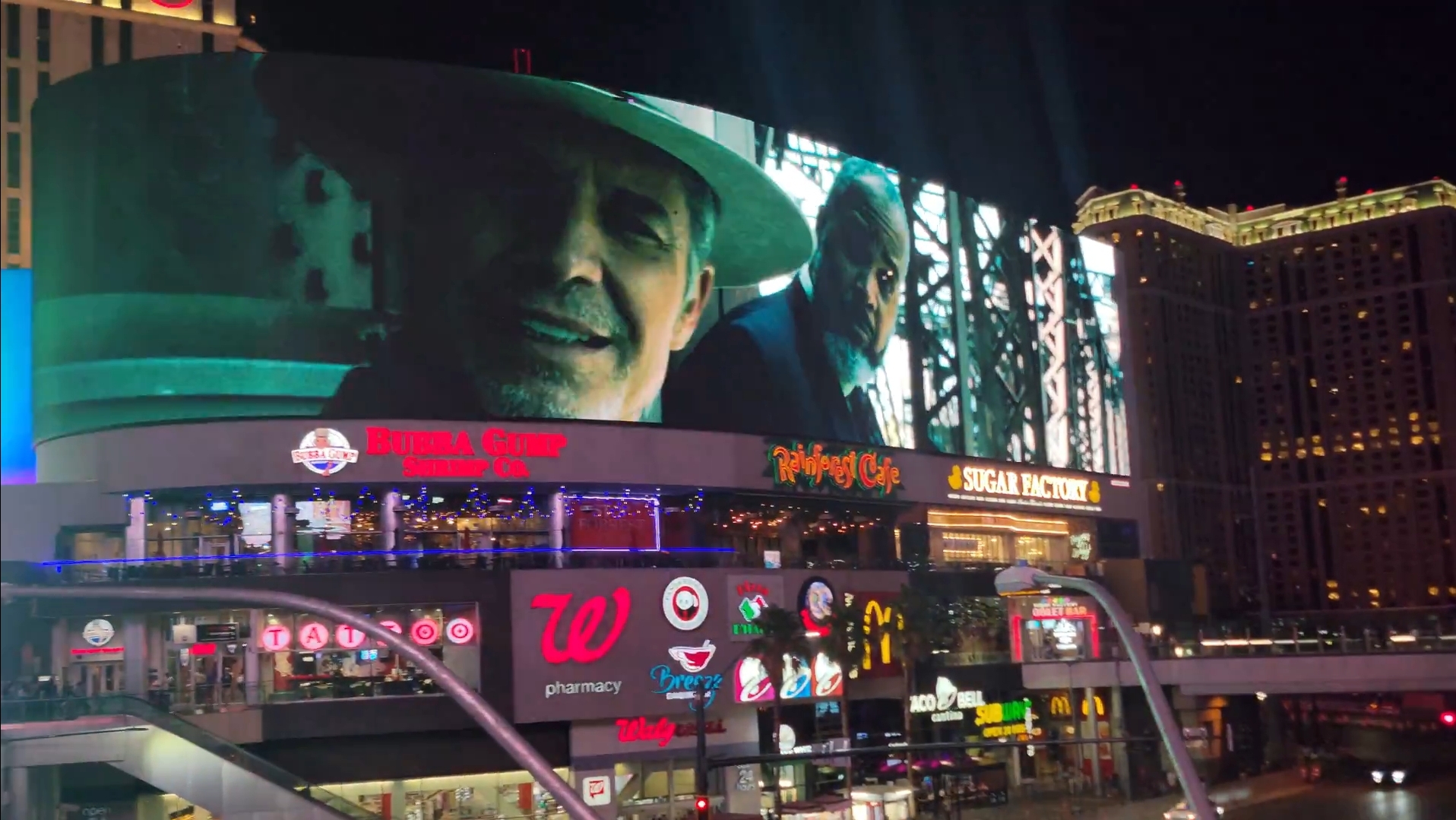Spending hours driving on public roads will have impacts on any vehicle. Some are anticipated: Tires will lose air, washer fluid will run low, air filters need to be replaced. And some are unanticipated: the windshield gets hit by a rock and cracks, a sensor gets knocked off, a flash flood leaves a vehicle stranded.
The same holds true for autonomous vehicles (AVs). And when driving in a city like Las Vegas, the unexpected is to be expected.
Every Motional robotaxi is tracked in real-time in the company's state-of-the-art Command Center, which allows human agents to monitor for any unexpected events or changes to the vehicle that could impact the vehicle’s operation. And if there is an issue, the agent can call the vehicle back to the garage and address it.
The data-rich nature of robotaxis provides monitoring teams with an unprecedented level of visibility into their performance, as well as provide remote assistance if needed, and the ability to monitor for issues with passengers.
“Although it’s a driverless vehicle, riders can take comfort knowing there’s still a human on the other end monitoring the ride, making sure the vehicle is operating as expected, and is reachable in case there’s an emergency,” said Abe Ghabra, Motional’s Chief Operations Officer.

VIEW FROM THE COMMAND CENTER
Inside Motional’s Las Vegas Command Center, Fleet Field Specialist David Wilmoth can see the status of every active Motional robotaxi on a large screen at the front of the room. At his station, he is then able to toggle between the AVs, pulling up more detailed information on each vehicle.
“This way everybody is aware of how a car is performing and functioning,” he said.
The concept of monitoring vehicles through a central facility is not new; transit systems, for example, have been able to track the location and status of every train or bus for years. What’s new, however, is the level of detail available to AV fleet managers.
“We can see battery charges, vehicle health status, any maintenance that needs to be done,” Wilmoth said.
AVs are heavily computerized, even when compared to the modern passenger vehicles, due to the advanced software and algorithms that guide how they see, think, and act. Plus, the vehicles are outfitted with a full suite of active sensors and cameras. All this allows Motional to create a data-infused dashboard that gives human fleet managers an in-depth look at the AV’s status.
For starters, there’s the health of the vehicle. From the cockpit of the command center, specialists like Wilmoth can instantly see the air tire pressure, interior temperature, if seat belts are fastened, and a range of other vehicle diagnostics. They can make sure all the sensors are working properly; and if there’s a problem, the vehicle can be called back to the garage.
The dashboard is also connected to the vehicle’s GPS tracker and ride-hail app. This allows fleet managers to know exactly where each vehicle is, and if it’s carrying passengers, know where it’s heading and the route it’s taking. The onboard cameras also help provide contextual information if the vehicle gets stuck or encounters something highly unusual.
Designing driverless vehicles requires replicating tasks normally performed by a human driver, including a number of steps that ensure a safe, comfortable ride. In-vehicle sensors can tell if too many people get in the vehicle, if passengers try to tinker with the vehicle, or if they try to open doors while moving. A monitor can also quickly scan the vehicle after a ride and see if a passenger has left behind a personal item, or spilled a drink in the vehicle’s interior.
Kathryn Denman, a senior product manager with Motional, said the team spends a lot of time thinking about variables and the odd things that could happen.
“We have lots of pedestrian overpasses here in Vegas, lots of people moving in massive herds, lots of people running red lights,” she said. “We need to make sure not only that the people inside the car are safe but that the people around the car are safe.”

THE BENEFIT FOR ALL
AVs require tens of millions of lines of code beyond what’s found in standard passenger vehicles. This additional computerization gives fleet managers more data to track vehicle performance, identify areas ripe for improvement, and improve the overall passenger experience.
These insights, multiplied across hundreds of vehicles in a fleet, opens the door to data-driven modeling capable of predicting when sensors will need replacing or identifying driving conditions that cause batteries to drain faster.
“The data being monitored can be captured and utilized to more quickly identify long-term trends and even identify future preventative maintenance or measures to improve the service life of the fleet,” said Ashley Craig, Motional’s director of fleet management. “This data could also be used to inform future development efforts and avoid future issues from the autonomous technology or even vehicle manufacturing side.”
Fleet managers can reposition or preposition vehicles based on known demand trends. This could increase revenue generated per mile and reduce customer wait times by limiting wasted time driving to pickups or sitting in traffic.
The constant connection between the AV and the command center also enables passenger- friendly platforms. Remote Vehicle Assistance, for example, allows the robotaxis and command center agents to work hand-in-glove when the vehicle is uncertain about the best way to proceed through a tricky situation safely and legally. And Remote Customer Assistance is on standby in case passengers have questions or an emergency.
“Passengers can rest assured there will be multiple people knowing when someone is in the vehicle and monitoring the ride,” said Denman.

BEHIND-THE-SCENES ASSURANCE
Although Motional’s robotaxis operate autonomously, that doesn’t mean they are sent out into the world unsupervised. In fact, the mass commercialization of AVs require robust behind-the-scenes support services to ensure vehicles operate efficiently and safely, and offer passengers a positive ride experience: we know dirty interiors, broken sensors, squealing brakes, uncomfortable rides, inefficient routes will slow widespread adoption of robotaxis as a mobility option.
Fortunately the large amounts of data that robotaxis produce can be harnessed to give fleet monitors an unprecedented view into vehicle performance and health.
“As we continue expanding our driverless operations, having those remote monitoring capabilities from our command center becomes a crucial component,” said Craig. “This will make it easier to operate safe, reliable and accessible AV fleets as efficiently as possible.”

